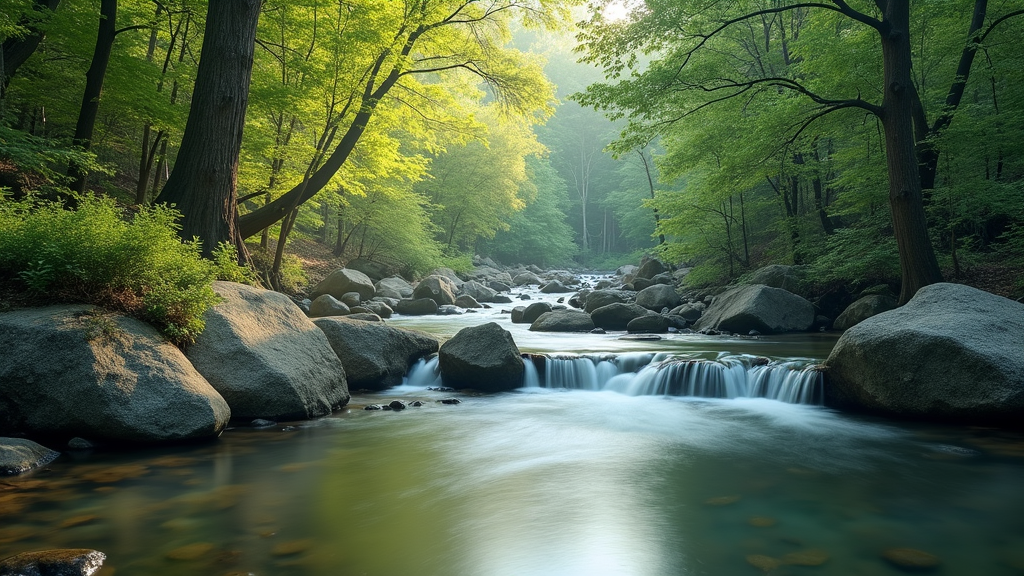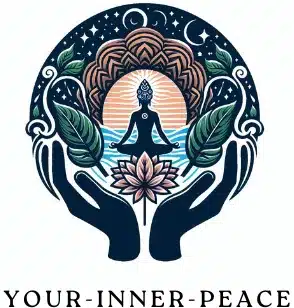
Starting an adventure toward mindfulness has been one of the most rewarding choices I have ever made. This guide breaks down the five practical steps I use and recommend to help anyone kick things off on a mindful adventure. No prior experience is needed.
Understanding What Mindfulness Means
When I first started, I realized I needed to get clear about what mindfulness really means. Mindfulness, for me, is about paying attention to the present moment on purpose and without judgment. I think about it as being fully aware of what I am doing, feeling, and thinking, instead of moving through life on autopilot. Researchers at the American Psychological Association point out that mindfulness can help manage stress, improve focus, and support emotional health. Taking time to learn about these benefits helped me understand why mindfulness is really important and worth my time.
- Mindful awareness: I try to notice my thoughts and feelings as they happen.
- Nonjudgmental approach: I remind myself not to label my experiences as good or bad.
Choosing a Simple Starting Practice
I started with something easy to stick with: mindful breathing. This kind of practice does not require any special tools or experience. I sit comfortably, close my eyes, and focus my attention on each breath in and out. When my mind wanders, I gently bring my attention back. Even spending just five minutes a day made a difference for me at first. Apps like Headspace or Calm can offer guided sessions, but I found that simply setting a timer also works well.
- Find a quiet spot where I will not be disturbed.
- Set a short timer. Two to five minutes is enough at the beginning.
- Breathe naturally and pay attention to each inhale and exhale.
Making Mindfulness Part of Daily Life
It took me a while to see that mindfulness is more than just sitting in silence. I began looking for small ways to add mindful moments throughout my day. This made it feel less like a task and more like a way to enjoy simple moments. For example, when I make my morning coffee, I focus on the aroma, the warmth of the mug, and the feeling of gratitude for a new day. Walking, eating, and even washing dishes became mini mindfulness opportunities. I even started using mindful pauses during stressful times at work, simply noticing my breath or sensations for a minute between meetings or tasks.
- Mindful eating: I slow down and savour each bite.
- Mindful walking: I notice how my feet feel with each step.
- Mindful listening: I give my full attention during conversations.
- Mindful breaks: I pause briefly several times a day to notice my surroundings, breathing, and how I am feeling.
Overcoming Common Challenges
Sometimes I get distracted or feel restless. I discovered that this is completely normal. When that happens, I remind myself that every new day offers another chance. I also realized I do not have to be perfect or get everything right. Consistency is more important than perfection. The more I stick with the practice, the more natural it feels. If I miss a day, I try not to worry and simply start fresh the next day. Experts at Mindful.org say patience and a gentle attitude are really helpful during this stage. If self-judgment creeps in, I try to notice it, let it pass, and focus on kindness for myself. It helps to know that everyone stumbles from time to time and to keep a light outlook about the process.
- Celebrate small progress. Even a minute of awareness matters.
- I let go of frustration and treat myself with kindness.
- Remember that setbacks are part of the adventure and do not define my progress.
Building Long Term Mindfulness Habits
After practicing consistently for a few weeks, mindfulness began to feel more natural for me. To keep moving forward, I set small goals, like adding a few minutes to my practice or trying new techniques, such as mindful journaling or guided body scans. I also look for support from books, podcasts, and mindfulness groups so I can keep learning and stay inspired. The more I explore, the more benefits I see in my daily life, including greater calm, clearer thinking, and a feeling of gratitude. Integrating different mindfulness techniques, like gratitude lists and lovingkindness meditations, keeps things interesting and helps me grow.
- Try different mindfulness exercises to see what fits best.
- Track my practice with a journal or a calendar for motivation.
- Connect with others—sharing experiences can give a boost to my commitment.
Your Mindfulness Adventure Starts Now
If you feel ready to start your own adventure, I encourage you to pick one simple practice today and give it a try. You do not need any special gear or hours of free time. All you need is a few quiet minutes and a bit of curiosity. If you are looking for helpful resources, Mindful.org and apps like Headspace or Calm can make things easier as you begin. Your experiences and thoughts are welcome and sharing them helps everyone track down new ways to enjoy mindfulness together. No matter where you start, remember that small steps add up and every moment of calm makes a difference.
Share Your Experience
If you have questions or want to share how you are doing on your mindful adventure, please leave a comment below. I read every response and am here to offer support or advice based on what has worked for me. Every adventure is different, and your insights help others learn and grow as well. Keep exploring and let’s grow mindful together!
